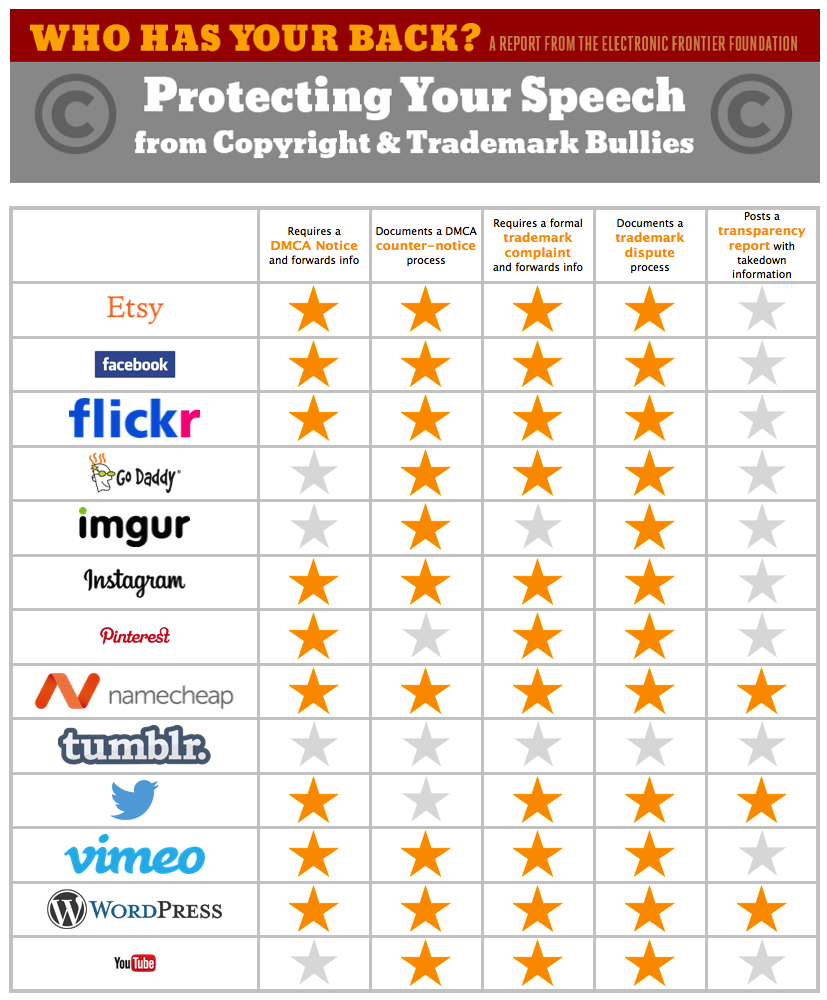Ah, yes, prohibiting any discussion of or even link to possibly cracking-enabling information. Already worded in a veiled way, as in:
Obama: "No foreign nation, no hacker, should be able to shut down our networks (and) steal our trade secrets" Dan kunnen ze de NSA opheffen.
— Brenno de Winter (@brenno) January 21, 2015
this would mean taking away the arms that a great many US citizens are equipped with (and prohibiting gun range training), once, against the English (Brits?) now against just any outsider and US citizens themselves? Quite a Second Amendment thing, these days…
As a European, I don’t want to meddle in US domestic affairs. But I tend to the interpretation of constitutions and amendments anywhere, all of them, as principles not absolutes. Absolutes never (sic) work in societal organisation. When quite a number of those concerned [again, I’m not] would gladly see all amendments interpreted to principle not literally except this very dangerous one.
‘nough of that. Now, onto the more recent EU moves towards banning hacker tools … (and the UK push for banning encryption tools, even). I just have questions:
- What about free speech? Seems to be an issue for discussion as democracies need more absolute protection of that. Amazon wouldn’t be allowed to sell hacker books in selected countries. Banning books, anyone?
- How many % of crackers would live in the applicable jurisdictions, to be under the prohibition provisions, and how many are outside those jurisdictions ..? What would happen if one would exclude the former from being armed and ready but giving the latter a, most probably, more vulnerable target?
- The honest researchers in those countries would be jobless; never a good incentive to stay in the right side. The honest researchers elsewhere would have a bonanza as all bugfix trade must move to the outside. Either that XOR through a form of licensing one creates a humungous random hence erratic but totalitarian public/private cartel. In the Home of the Free, in the pursuit of happiness.
- If through this, the balance is lost, will the US and/or EU start to isolate itself (its ‘Internet’ (quod non as per this)) from the rest of the world ..? If so, how any trillions of $/€ will be lost to others, whereas any related industry (that will be the future as the mature-industry-little-growth primary, secondary and tertiary industries will be what’s left for the EU/US but serious growth will be in the new industries?) will not come off the ground, hindering greatly any recovery from the intermediate term (slump) before booming, à la this.
- Will stego boom? The Hiding in Plain Sight can bring an additional benefit of plausible deniability (with some tweaking).
Seems like the above POTUS quote might indicate that he’s not planning any censoring of the spread of direct or indirect vulnerability information but on the contrary would be stepping up efforts to bring the US back on top of the game. E.g., by not focusing solely on physical terrorists but also on outside-in and from-within (sic) cyber attacks. Or was the quote an apology for the NSA being in NK even before the (known to them!) Sony hack ..?
The picture is still murky. Too murky to take sides already, for my take. I’ll leave you with:










![20141027_131258_HDR[3]](https://maverisk.nl/wp-content/uploads/20141027_131258_hdr3.jpg)






